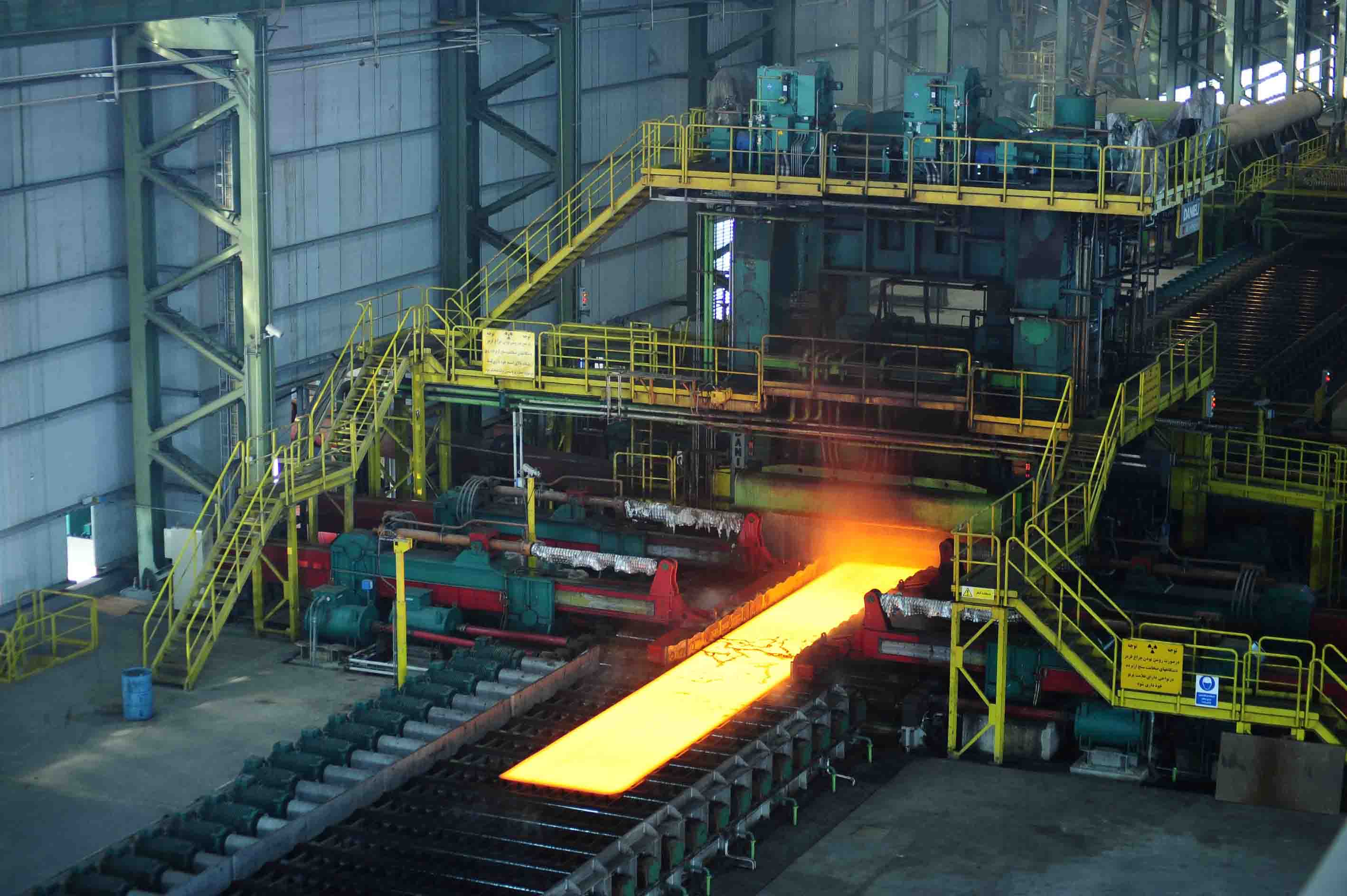In the outgoing year, marked by the removal of international sanctions, the export of steel products from Iran gained momentum and turned the country from a net steel importer into a net exporter.
Over the first seven months of the current Iranian year (March 20-October 21, 2016), the export of steel products totaled 3.3 million tons, according to the Iranian Steel Producers Association.
This is up almost 50% on the 2.22 million tons exported in the corresponding period of a year earlier.
Meanwhile, imports of steel products totaled 1.96 million tons.
Semi-Finished Steel as a Driver
The growth in export volumes was driven mainly by semi-finished steel products’ shipments, which accounted for 2 million tons over the period-up 103% year-on-year.
Of this figure, 1.40 million tons were in the form of billet and the remaining 600,000 tons as slab.
“Most of our billet exports were concentrated in the Middle East markets, while Far East markets rendered support to slabs,” a source from Khouzestan Steel Company, Iran’s largest semis exporter, who targets shipments of 1.85 million tons this year, told Metal Bulletin.
Higher prices from China were one of the factors that supported Iranian exporters this year.
“The fact that Chinese exporters stopped following a cheap export strategy provided more space for our products,” the source added.
However, another factor that spurred the increase in semis export this year was growing steel-making capacities and steel output amid still-weak consumption in the domestic market, predominantly of long products.
“Large mills moved to export markets to provide more space to smaller ones,” one market player said.
Overall, this Iranian year, the country’s semis exports were expected to reach 3.4 million tons, against 1.7 million tons last year, Metal Bulletin learnt earlier on the sidelines of its Second Iranian Iron and Steel Conference in Isfahan.
Finished Steel Exports Lose Steam
Finished steel export volumes, which are dominated by hot-rolled coils, may not reach the projected annual figure of 2.5 million tons.
One of the main reasons is protective policies against Iranian coils in major sales outlets–the European Union and Thailand.
“In the past couple of years, due to [the dumping of cheaper steel products from] China, marketing finished steel has become more difficult,” Bahador Ehramian, a board member of the Iranian Steel Producers Association, said earlier in October.
Another reason for the slowdown in HRC export growth is increased consumption in the domestic market due to the hike in import duties from 10% to 20%.
“The priority of Mobarakeh Steel Company is to meet the needs of Iran’s downstream manufacturers, while export is of secondary importance,” Mahmoud Akbari, the deputy head of sales at Iran’s largest flat steel producer, said in October.
Over the first seven months of the current Iranian year, the country exported around 1.3 million tons of finished steel products, with 850,000 tons pertaining to HRC–up 2% year-on-year.
However, since then, MSC’s flat steel exports have dried up, according to a source close to the company.
Thus, to reach its annual export target of 5.5 million tons of steel products, Iran may increase the sale of semi-finished steel and value-added flat products.
“HRC may be replaced by exports of slab and coated coils,” the source added.
MSC, however, did not comment on possible changes in its export sales strategy this Iranian year.


